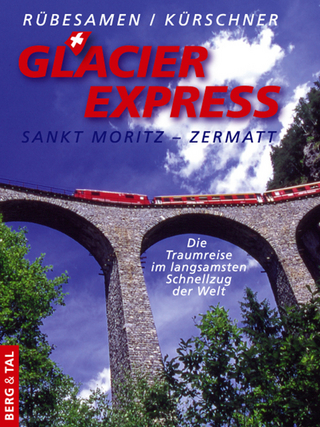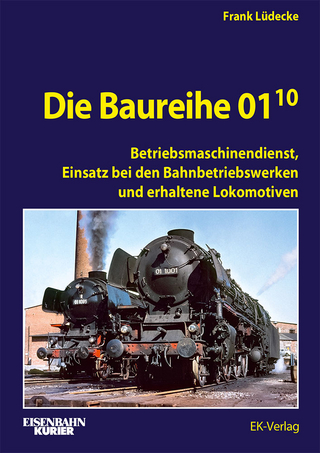
EMUs A History
Seiten
2016
Amberley Publishing (Verlag)
978-1-4456-4982-5 (ISBN)
Amberley Publishing (Verlag)
978-1-4456-4982-5 (ISBN)
- Titel z.Zt. nicht lieferbar
- Versandkostenfrei innerhalb Deutschlands
- Auch auf Rechnung
- Verfügbarkeit in der Filiale vor Ort prüfen
- Artikel merken
A fascinating collection of photographs of second and third generation EMUs.
From nationalisation in 1948, British Railways built huge numbers of EMUs for suburban and short/medium-distance main line express duties, initially of pre-nationalisation design. In 1954 the Standard Mark 1 type was introduced, but was obsolete by the late 1960s. More EMUs were needed to replace life-expired pre-nationalisation sets still working as well as to provide for new electrification services that were planned. The result was a complete fresh start in design terms with Southern Regions’ 4-PEP design of 1971, from which several very successful classes were derived – the second generation. Second-generation EMUs cover a huge number of current services today.
As the 1990s dawned, change was in the air. The former British Railways workshops, already under the aegis of British Rail Engineering Limited, were to be sold and the privatisation of the entire BR network was looming. Before BREL was bought by ABB, they produced the first of the Networker design in 1991 – effectively the first of the third generation of EMUs. From then on, not only was the Networker produced in large numbers, but many other private concerns produced a variety of their own standard designs such as the Electrostar, Juniper or Desiro, and some that did not spawn any derivatives, such as Hunslet’s Class 323.
From nationalisation in 1948, British Railways built huge numbers of EMUs for suburban and short/medium-distance main line express duties, initially of pre-nationalisation design. In 1954 the Standard Mark 1 type was introduced, but was obsolete by the late 1960s. More EMUs were needed to replace life-expired pre-nationalisation sets still working as well as to provide for new electrification services that were planned. The result was a complete fresh start in design terms with Southern Regions’ 4-PEP design of 1971, from which several very successful classes were derived – the second generation. Second-generation EMUs cover a huge number of current services today.
As the 1990s dawned, change was in the air. The former British Railways workshops, already under the aegis of British Rail Engineering Limited, were to be sold and the privatisation of the entire BR network was looming. Before BREL was bought by ABB, they produced the first of the Networker design in 1991 – effectively the first of the third generation of EMUs. From then on, not only was the Networker produced in large numbers, but many other private concerns produced a variety of their own standard designs such as the Electrostar, Juniper or Desiro, and some that did not spawn any derivatives, such as Hunslet’s Class 323.
Hugh Llewelyn has combined a long term passion for railways with his skill as a photographer to produce this unique record of a modern traction icon. A former executive officer in the Railways Directorate, Hugh Llewelyn now devotes his time to photographing the railways in Britain and overseas.
| Erscheinungsdatum | 24.02.2016 |
|---|---|
| Zusatzinfo | 180 Illustrations |
| Verlagsort | Chalford |
| Sprache | englisch |
| Maße | 246 x 168 mm |
| Gewicht | 425 g |
| Themenwelt | Natur / Technik ► Fahrzeuge / Flugzeuge / Schiffe ► Schienenfahrzeuge |
| Wirtschaft | |
| ISBN-10 | 1-4456-4982-9 / 1445649829 |
| ISBN-13 | 978-1-4456-4982-5 / 9781445649825 |
| Zustand | Neuware |
| Haben Sie eine Frage zum Produkt? |
Mehr entdecken
aus dem Bereich
aus dem Bereich
St. Moritz – Zermatt : die Traumreise im langsamsten Schnellzug der …
Buch | Hardcover (2023)
Verlag Berg & Tal
14,95 €
Betriebsmaschinendienst, Einsatz bei den Bahnbetriebswerken und …
Buch | Hardcover (2024)
EK-Verlag
54,00 €
Buch | Hardcover (2023)
GeraMond (Verlag)
27,99 €


